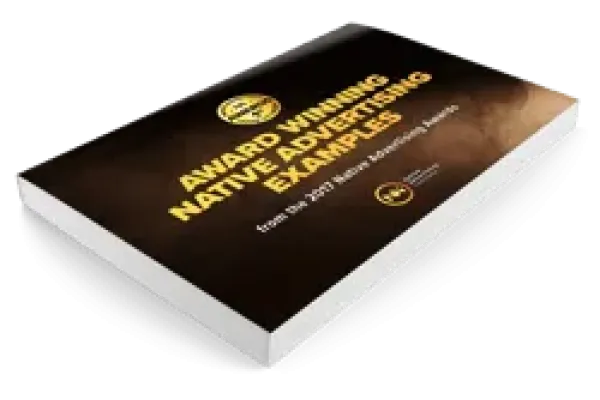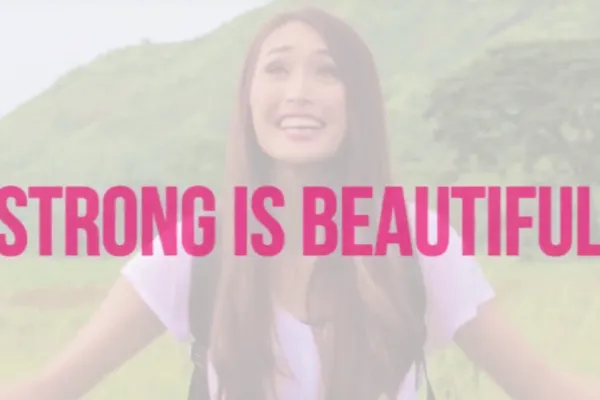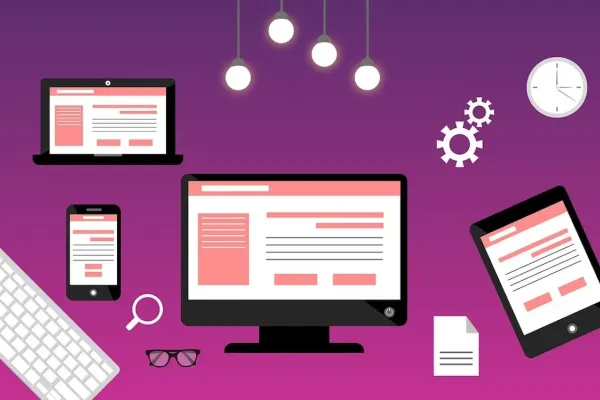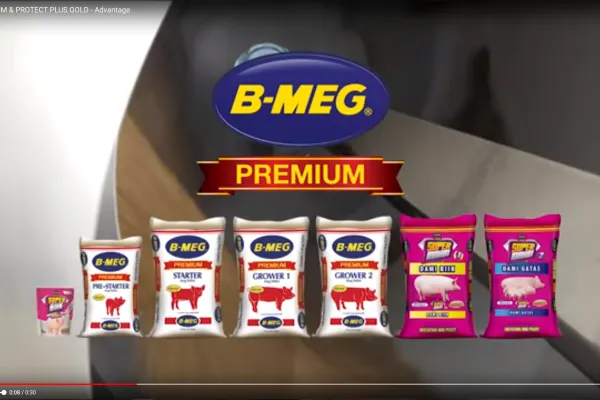 Details
Details
“If you had millions, you could do live events, bigger productions, long-term campaigns, etc. When you are working with small budgets, you need to use the money wisely to get the wanted effect,” says Line Prasz, Commercial Editor & Head of Politiken Native.
Because not all great native advertising craves big budgets – and not all brands are able to afford to spend big bucks on an advertising campaign.
You might think that a small budget will limit the success of the campaign, but according to Line Prasz, working with a small budget doesn't mean you can't make an effective and successful campaign. We asked her about the best practices for working with native advertising on a small budget.
It is all about making an impression that lasts, even though it’s not a campaign of 20 articles.
RELATED: How Much Do Native Ads Really Cost?
Doesn’t less money equal less success?
"No, I really do not believe that to be true. You could just as well use a million dollars on trivial content that targets a very broad audience without any real effect.
We believe that if you want to reach our target group at Politiken, we can reach them even if we do not spend a million dollars. It is all about making an impression that lasts, even though it’s not a campaign of 20 articles.
RELATED: T Brand Studio: 12 Tips for Creating Killer Content
You might look at what T Brand Studio is doing and think, ‘I want to do that’. And no one says you can’t, even with a small budget. The limit would just be that you can only create one article instead of 15."
The key is always a perfect headline with the right angle and an image that appeals to the users.
RELATED: 4 Ad Headline Generators You Need to Try Today
Where do you cut back to stay on budget?
"You cut back on volume. It’s no problem to create six articles instead of three, but then you have to cut down on the graphics, photos, and videos.
Text production is not that expensive, it’s everything around it that eats up the budget with video production being most expensive part of a campaign. That is why you really need to think about your exact needs when working with a small budget.
You might wish to create something really cool and expensive, but how much more value would it actually add? It might give you internal credit and potentially an award, but does it help you reach the audience? You have to really think about these things and using video with care when working on a small budget.
RELATED: T Brand Studio's Creative Process and Most Essential Learnings
Then you have the graphics. It is always great to have nice infographics, but you have to remember that the users can’t see the infographics on your front page. Therefore, the key is always a perfect headline with the right angle and an image that appeals to the users. Otherwise, the users will never click to see that cool infographic, you created.
Of course, traffic isn’t everything. So the content needs to be great as well for the audience to get real value and spend as much time as possible with the piece after clicking your perfect headline. And you don’t want to make your content boring. So find that golden spot for your campaign and your budget."
It’s great to have a campaign that lasts for a long time - but only if you can afford it without compromising the quality.
RELATED: The 10 Best Examples of Native Advertising on a Small Budget in 2024 [so far]
How do you succeed with small budgets?
"As a rule of thumb, you can’t have bad content. It’s great to have a campaign that lasts for a long time - but only if you can afford it without compromising the quality.
Quality comes first, and it’s better to have fewer quality articles than several half-hearted articles. Budgets should never affect the quality because then you do not have a native ad campaign that will work at all.
Making quality content means a strong focus on the angle. The angle and your sources need to be just as good as in the editorial content and you need to take your time creating the articles. But it all boils down to KPIs as well.
In general, I also believe that we spend too much time focusing on the format, much more than we focus on the content itself. Often, it looks really good, but if the actual content does not live up to the quality standard, looks do not matter. So we are always looking at it the other way around: Content first, then format.
It’s like peeing your pants if it looks fantastic but the content isn’t amazing as well. We can’t let people on with a beautiful façade and then let them down with crappy content afterward."
We have got examples of native articles that are pure text and perhaps an image, and the traffic is overwhelming.
RELATED: The 5 Best Native Advertising Platforms Right Now
How do you explain to clients that their budgets might not give them what they expected?
"I think you need to be very upfront. Let them know that if this is the budget, we can create great angles, no problem, but we can’t make huge video productions. So either, they have to add a production budget for that or they can choose to accept a lot of traffic and high reading time with articles only.
RELATED: "The Best Way to Sell Native Advertising Is to Show Examples"
We have got examples of native articles that are pure text and perhaps an image, and the traffic is overwhelming. You do not have to add a lot of extra stuff - unless you are in it to get mentions and credit internally.
We show successful examples to the clients to let them know how we have executed successful campaigns previously and which models they can choose between."
It is important to remember that it won’t be half as good just because you use half as much money.
What are the biggest challenges when working with small budgets?
"The challenge is that it is limited what you can produce. As I said, you either have to cut down on the number of articles or produce less visual effects. It is important to remember that it won’t be half as good just because you use half as much money.
Another challenge is to say no. Native advertising is more expensive, it needs money, so sometimes you need to say no if you can’t find the right campaign format with the client and their budget. We have a brand to look out for - Politiken - and we can’t risk lowering the standard of Politiken by lowering the standard for native advertising."
The client needs to let go, lose control and let us produce the campaigns. It takes time, and a lot of people are concerned about this, but you just get so much more out of it.
How do you create a successful relationship with the clients?
"It’s all about matching expectations. What can the client expect to get out of this? What are the right KPIs, what should the end result be, etc?
Ideally, we would like to have the client involved from the start. Then they know what we are doing and where we are headed. But, of course, we have the veto. The client needs to let go, lose control and let us produce the campaigns. It takes time, and a lot of people are concerned about this, but you just get so much more out of it.
RELATED: Native Advertising for Mobile: Formats & Tips for Small Screens
Another great tip is to work together with the advertising agencies - a relationship that’s very much underestimated. Often they have a lot of great resources who have all sorts of skills. So if possible, cooperate with the ad agencies.
They think differently than us journalists and they understand native. True native is a commercial way of thinking and it’s all about letting the content stick to the customers' mind and create this unconscious relation to a brand. This is what the ad agencies are specialized in, behavioral psychology.
When you’re working with small budgets, co-producing with the ad agencies can also save you a great deal of money."





